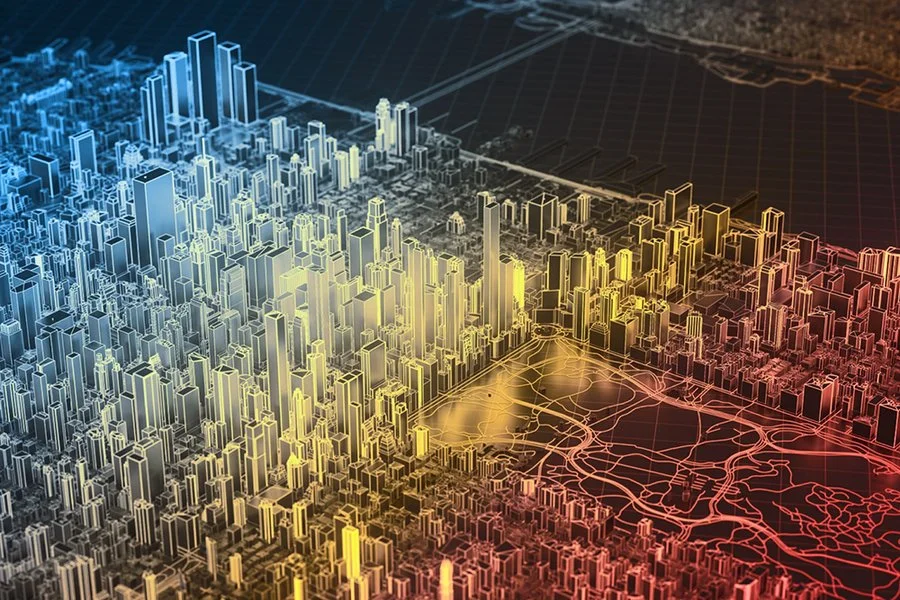AI and Smart Grid: The Solution for a Clean Energy Future
The energy sector is the backbone of electricity supply for society. Amidst the global shift toward clean energy, we face a significant challenge. Renewable sources, though environmentally friendly, are intermittent by nature. Traditional power grids, however, were designed for a constant supply from fossil fuels. To address the gap, smart grids have emerged as a solution, enabling real-time monitoring, demand response, and distributed resource management. At the same time, Artificial Intelligence (AI) is playing an increasingly critical role in enhancing grid efficiency, resilience, and adaptability. The collaboration between AI and smart grids is a strategic step toward building a more robust, efficient, and clean energy system.
The Role of AI and Energy Storage Management
Energy storage management plays a vital role in bridging the gap between electricity supply and demand. Power outages caused by imbalances in supply are common challenges, and energy storage technologies offer reliable solutions.This is where AI steps in, allowing systems to automatically determine the optimal time to store or release energy based on real-time data. Through this capability, AI maximises operational efficiency and minimizes error.
For example, an AI-powered storage system can store excess solar energy generated during the day and release it at night when electricity demand rises. This approach not only stabilizes the grid but also reduces dependence on fossil-fuel backup plants.
Smart Grid Transformation with AI
AI enables smart grids to evolve into more adaptive and efficient systems. With AI’s capabilities in real-time analysis, automation, and data-driven decision-making, the smart grid can achieve the following:
Predict energy demand with high accuracy.
Balance electricity loads dynamically.
Automatically detect and respond to disruptions swiftly.
Optimize energy storage for maximum efficiency.
This transformation turns the grid from a passive distribution system into an intelligent, responsive ecosystem, AI-enhanced storage becomes a flexible infrastructure that maintains grid stability and ensures continuity of power supply.
Why AI-Driven Smart Grids Matters
AI offers significant advantages in managing complex power networks. One of the major challenges is the ‘duck curve’ phenomenon, characterized by a sharp dip and spike in electricity demand and supply. AI addresses this by dynamically balancing energy production and consumption. Additionally, some of the key benefits of AI in the smart grid include;
Agility and Resilience: AI helps the system adapt to disturbances or load shifts, for example, by automatically rerouting power supply.
More Precise Forecasting: AI algorithms improve the accuracy of consumption and production patterns, allowing better planning. Read more.
Sophisticated Outage Alerts: AI can detect potential faults and issue early warning before outages occur, mitigating their impact.
Optimized Power Yield: AI ensures that generated power is efficiently delivered to areas that need it, minimizing energy losses.
Flexible Demand-Side Management: Allow load adjustments based on real-time grid conditions.
Improved Security: AI can detect anomalies or potential cyber-attacks threatening energy infrastructure.
The Energy Future with AI-Driven Smart Grid
AI-Driven smart grids marks a paradigm shift in how we produce, store and distribute electricity. This technology is leading us toward a grid that is not only greener, but also more resilient and responsive.
As the world moves toward a more sustainable future, smart systems capable of real-time adaptation will become increasingly essential. The integration of AI and energy storage is not merely a technological evolution, it is a strategic driver for the clean energy transition that we urgently need.


